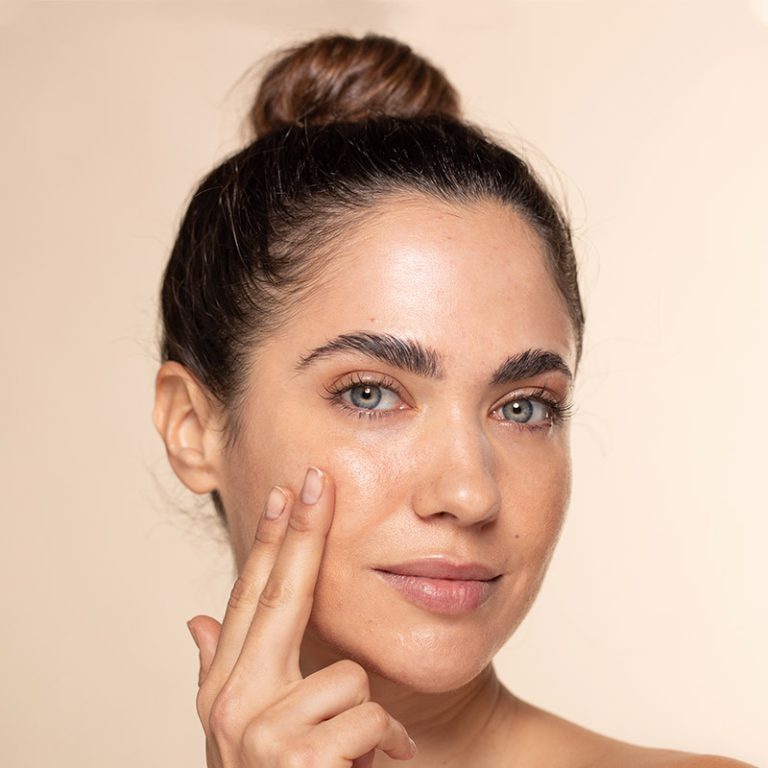
Skin Cancer Foundation
Protect Your Skin: Understanding and Preventing Skin Cancer
Skin cancer, a prevalent and potentially life-threatening disease, affects millions worldwide each year. It is crucial to understand the risks, symptoms, and preventive measures to safeguard against this largely preventable condition. With early detection and appropriate protection, we can significantly reduce the incidence of skin cancer and its impact on public health.
Understanding Skin Cancer
What is Skin Cancer?
Skin cancer occurs when abnormal cells in the skin grow uncontrollably, often due to DNA damage caused by UV radiation. There are three primary types:
- Melanoma:The most dangerous form, it develops in the melanocytes (pigment-producing cells) and can spread quickly if not detected early.
- Basal Cell Carcinoma (BCC): The most common type, BCCs usually develop on sun-exposed areas like the face or neck and rarely metastasize but can cause significant disfigurement if left untreated.
- Squamous Cell Carcinoma (SCC):Second most common, SCCs occur in squamous cells and may spread if they’re not treated promptly.
Symptoms include new moles, changes in existing moles (ABCDE rule), sores that don’t heal, and rough patches or growths on the skin. Risk factors include extended periods of sun exposure, indoor tanning, fair skin, family history, and a weakened immune system.
Statistics and Impact
According to the Skin Cancer Foundation, one in five Americans will develop skin cancer in their lifetime. This statistic highlights the importance of proactive prevention strategies and routine screenings. The economic and emotional toll on individuals and healthcare systems is substantial, emphasizing the need for education and awareness.
Causes and Risk Factors
Sunlight, specifically ultraviolet (UV) radiation, is the primary culprit behind skin cancer. Long-term or intense exposure without proper protection leads to DNA mutations in skin cells, which can trigger cancerous growths. Tanning beds emit harmful UVA and UVB rays, further increasing risk. Additionally, those with fair skin, light hair, blue or green eyes, and a personal or family history of skin cancer are at an elevated risk.
Prevention Strategies
Sun Safety Tips
- Daily Sunscreen Use: Apply broad-spectrum sunscreen with an SPF of 30 or higher every day, even on cloudy days, and reapply every two hours during outdoor activities.
- Seek Shade: Stay out of direct sunlight between 10 AM and 4 PM, when UV rays are strongest.
- Protective Clothing: Wear clothing designed to block UV rays, such as UPF-rated garments, long-sleeved shirts, and pants. Don’t forget hats and sunglasses that provide ample coverage.
Smart Habits for Outdoor Activities
- Plan outdoor activities around less intense sunlight hours and use shade structures when available.
- Always have sunscreen readily accessible for reapplication after swimming, sweating, or every couple of hours.
Regular Self-Exams and Professional Screenings
Educate yourself on how to perform regular self-exams, checking your entire body for any new or changing moles or spots. Schedule annual full-body skin checks with a dermatologist who can detect potential problems early.
Early Detection and Treatment
The key to treating skin cancer successfully is catching it early. If you notice a mole that’s asymmetrical, has irregular borders, varied colors, a diameter larger than a pencil eraser, or is evolving in size, shape, or color, see a doctor immediately. Diagnosis typically involves a biopsy, followed by treatment options such as surgery, immunotherapy, targeted drug therapy, or radiation therapy depending on the severity and type of cancer.
Living with Skin Cancer
For those diagnosed with skin cancer, coping strategies, support networks, and lifestyle adjustments become paramount. Patients may benefit from joining support groups, adhering to follow-up care, and maintaining a healthy lifestyle to strengthen the immune system. Post-treatment, continued vigilance with sun protection is essential to prevent recurrence.
Advantages of Skin Cancer Foundation:
- Raising Awareness: Skin cancer foundations play a crucial role in educating the public about the dangers of skin cancer, prevention measures (like using sunscreen and avoiding tanning beds), and the importance of regular skin checks. This awareness can lead to early detection and better health outcomes.
- Funding Research: They provide significant funding for medical research into skin cancer causes, treatments, and potential cures. This research can lead to breakthroughs in understanding and managing skin cancer more effectively.
- Support Services: Many offer support services to patients and their families, including counseling, information on treatment options, and assistance with navigating the healthcare system. These resources are invaluable during a stressful and often confusing time.
- Advocacy: By advocating for policy changes and increased government funding, they help shape legislation that supports skin cancer prevention efforts and improves access to care.
- Community Building: They create platforms where survivors and those affected by skin cancer can connect, share experiences, and find solace in each other’s journeys.

Disadvantages of Skin Cancer Foundation:
- Limited Resources: Despite their best efforts, many skin cancer foundations may have limited funds and resources, which can restrict the scope of their programs, outreach, and research initiatives.
- Information Overload: The wealth of information provided by these foundations could sometimes be overwhelming or conflicting for the general public, especially when it comes to new or unproven treatments.
- Potential Bias: Some foundations may receive funding from companies involved in the production of sunscreens, skincare products, or pharmaceuticals, which might influence their messaging or research priorities, leading to questions about impartiality.
- Not All-Inclusive: While many foundations strive to reach diverse populations, some may not effectively address the unique needs and challenges faced by certain demographics, such as people with darker skin tones who also develop skin cancer but may not be as aware of the risks.
- Geographic Limitations: Services offered by skin cancer foundations may not be accessible to everyone, particularly those living in rural areas or in countries with less developed healthcare systems.
It is important to note that despite these disadvantages, skin cancer foundations overall contribute significantly to the fight against this disease and improve the lives of countless individuals.
Conclusion
Skin cancer foundation prevention is about more than just avoiding sunburns; it’s a daily commitment to protecting your skin and monitoring for any signs of change. By understanding the causes, adopting smart sun habits, and being vigilant with self-exams and professional screenings, we can all play a part in reducing skin cancer rates. Share these insights with friends and family to help create a culture where skin health is a priority, and together, let’s work towards a future with fewer skin cancer cases.

